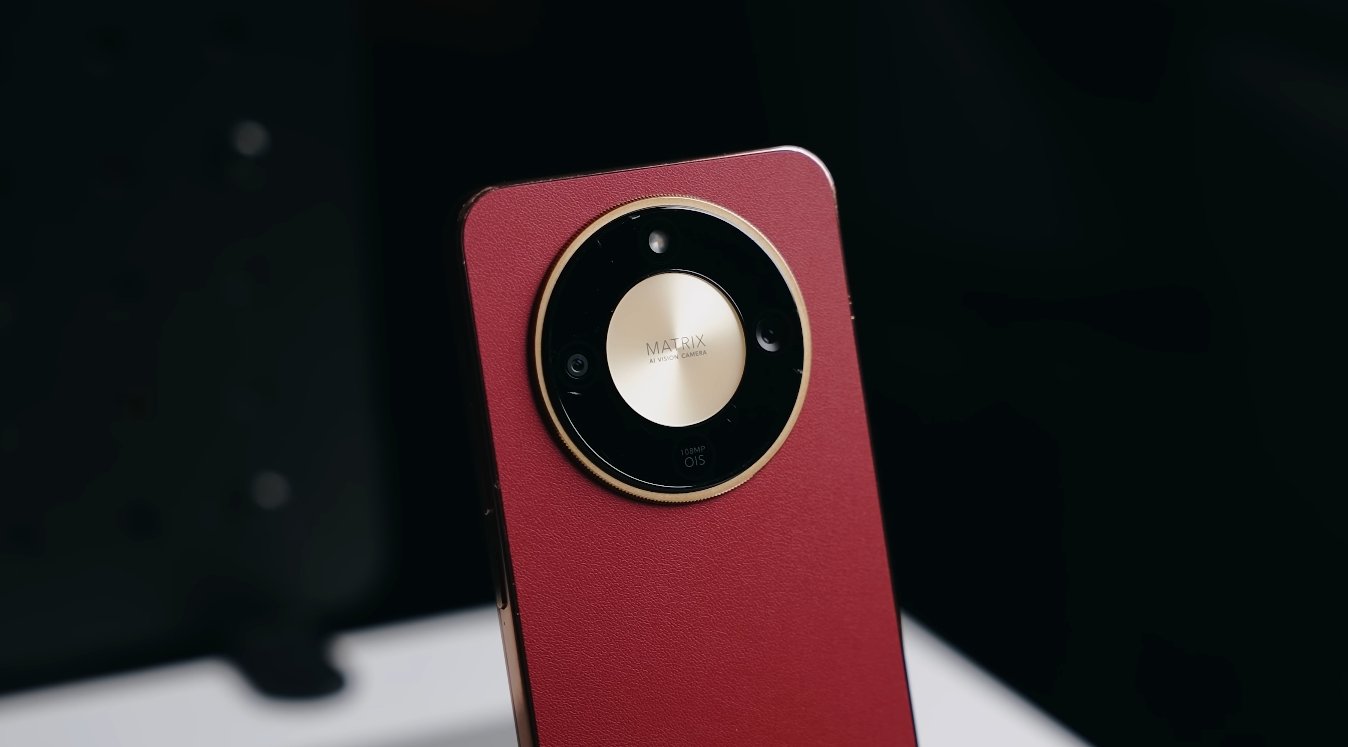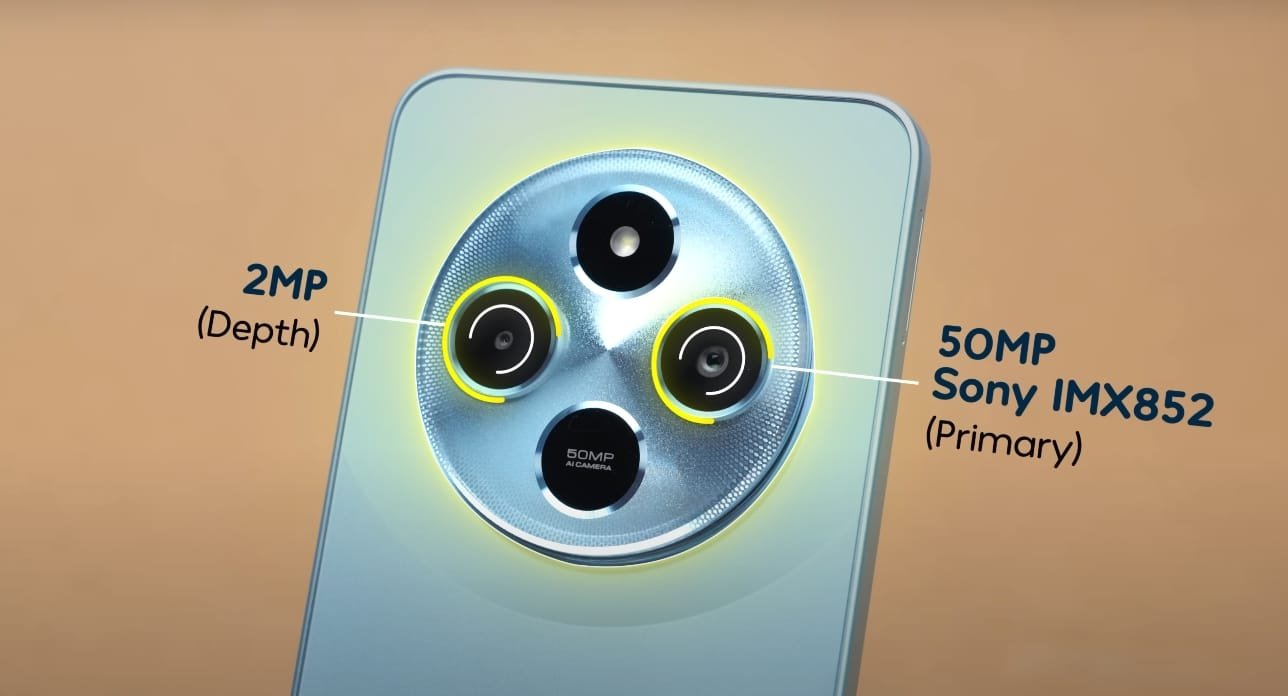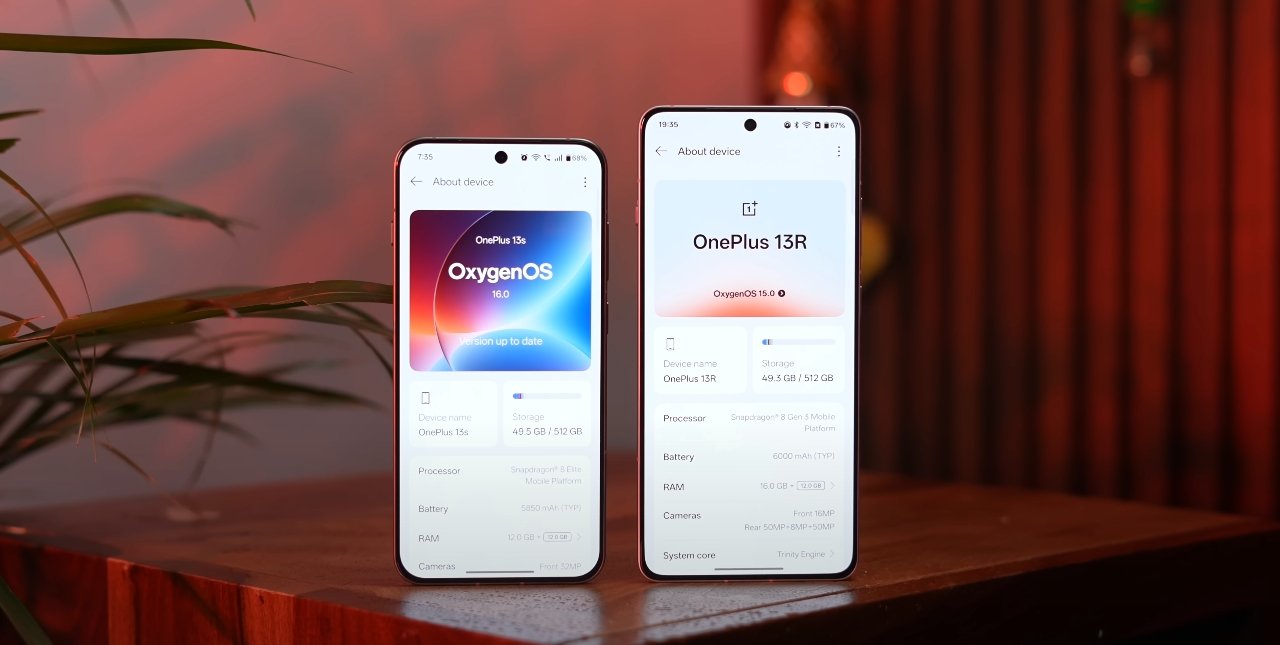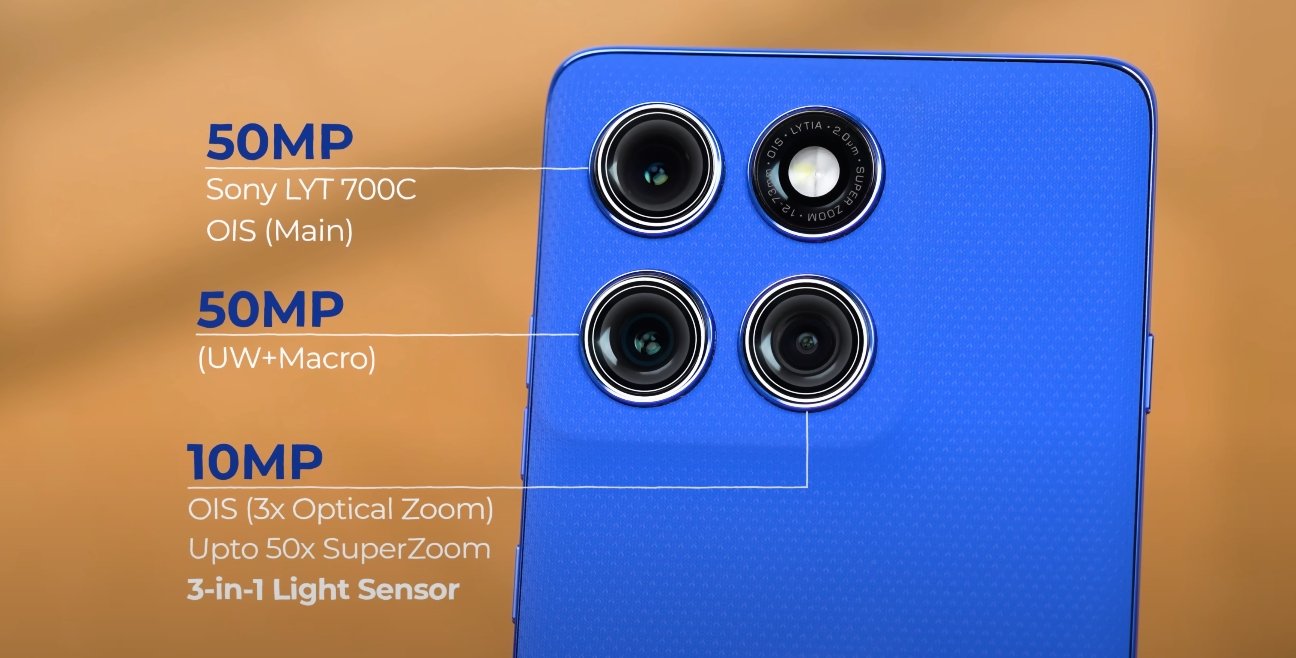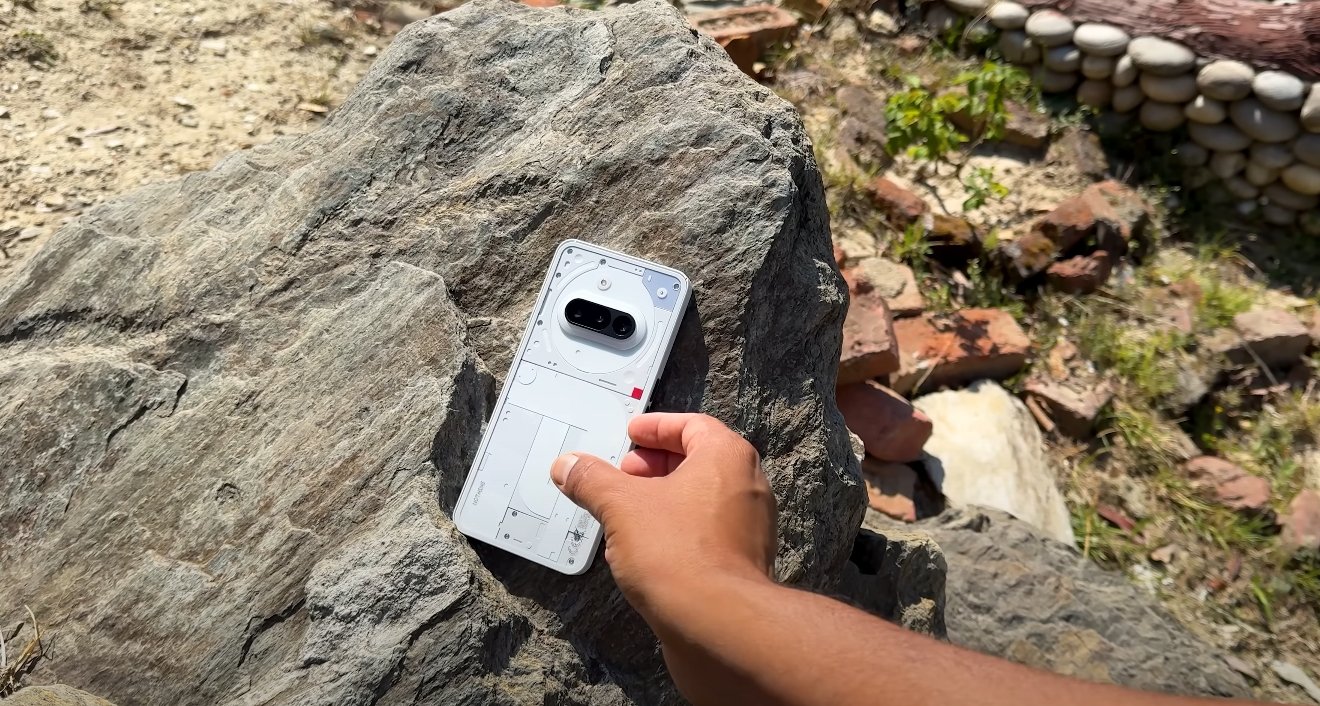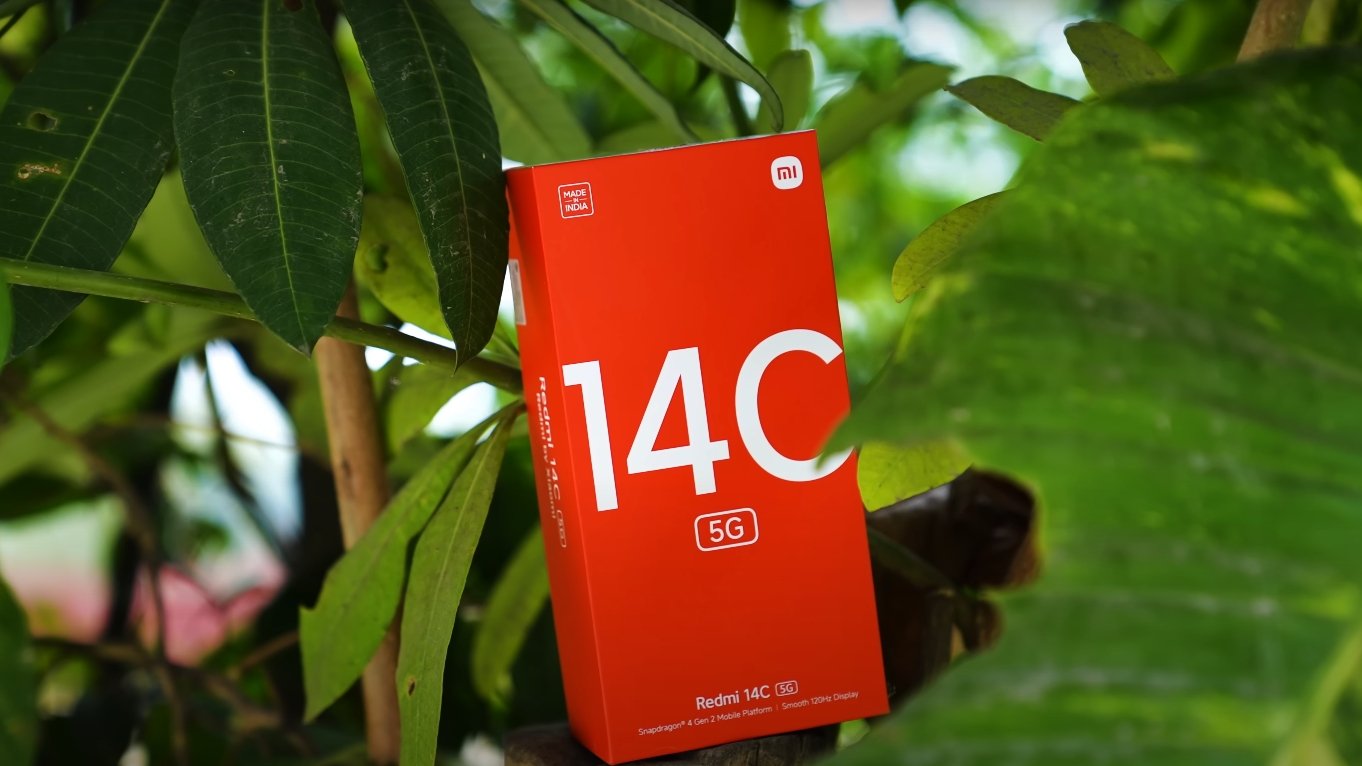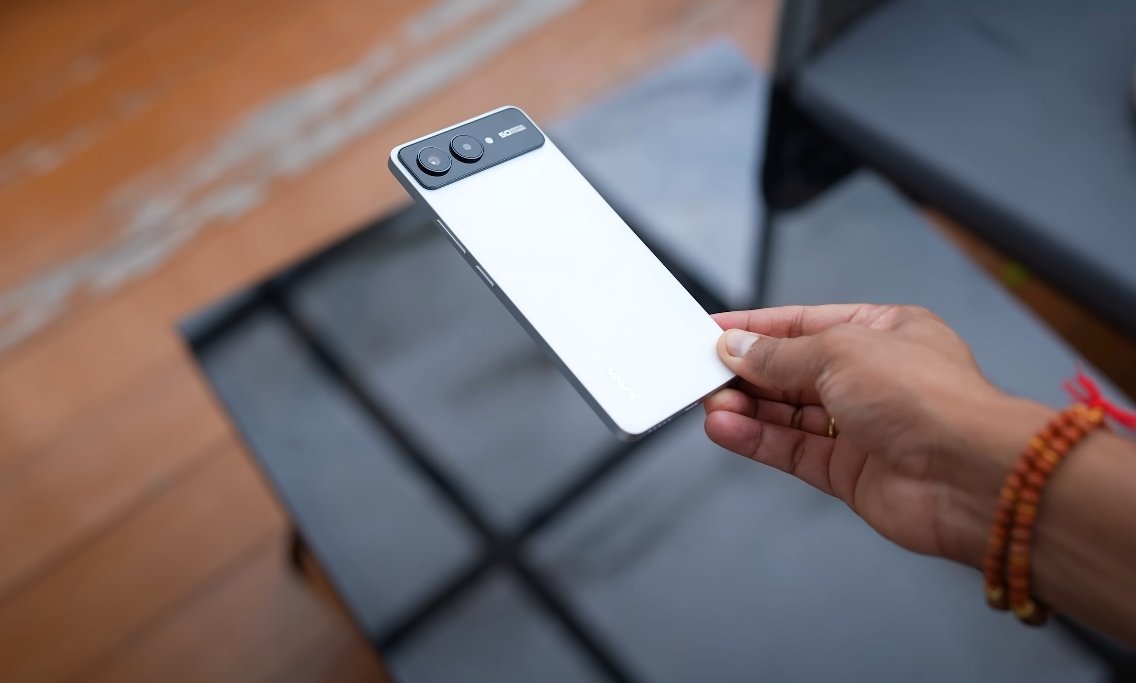Mid-Range Showdown Between Honor X9d and Vivo X300 Lite
The competition in the mid-range smartphone segment continues to heat up, and the latest face-off between the Honor X9d and Vivo X300 Lite highlights just how far technology has come in affordable devices. Both smartphones aim to balance style, performance, and durability, but they cater to slightly different user preferences. The Honor X9d focuses on long-lasting endurance and a rugged design, while the Vivo X300 Lite emphasizes sleek performance and camera innovation.
Starting with the design and display, both phones bring premium aesthetics to their mid-range price tags. The Honor X9d features a curved 6.79-inch AMOLED display with a 1.5K resolution and a 120Hz refresh rate, offering vivid colors and smooth scrolling. It also achieves up to 6000 nits of peak brightness, making it ideal for outdoor use. In comparison, the Vivo X300 Lite is expected to feature a 6.67-inch AMOLED display with a 1.5K resolution and similar refresh rate, though slightly less brightness. The Honor X9d’s build quality stands out with IP66, IP68, and IP69 ratings, giving it resistance against dust, water, and drops—something the Vivo X300 Lite may not fully match.
Performance is another area where both phones take different approaches. The Honor X9d runs on Qualcomm’s Snapdragon 6 Gen 4 processor built on a 4nm process. This chipset delivers efficient multitasking and reliable 5G connectivity, suitable for everyday use, gaming, and streaming. It is paired with up to 12GB of RAM and 512GB of internal storage. On the other hand, the Vivo X300 Lite reportedly comes with MediaTek’s Dimensity 7300 processor, which is designed for balanced power and performance in the upper mid-range category. It may not match the raw graphics power of flagship chips, but it provides a responsive and smooth user experience with OriginOS 6 based on Android 15.
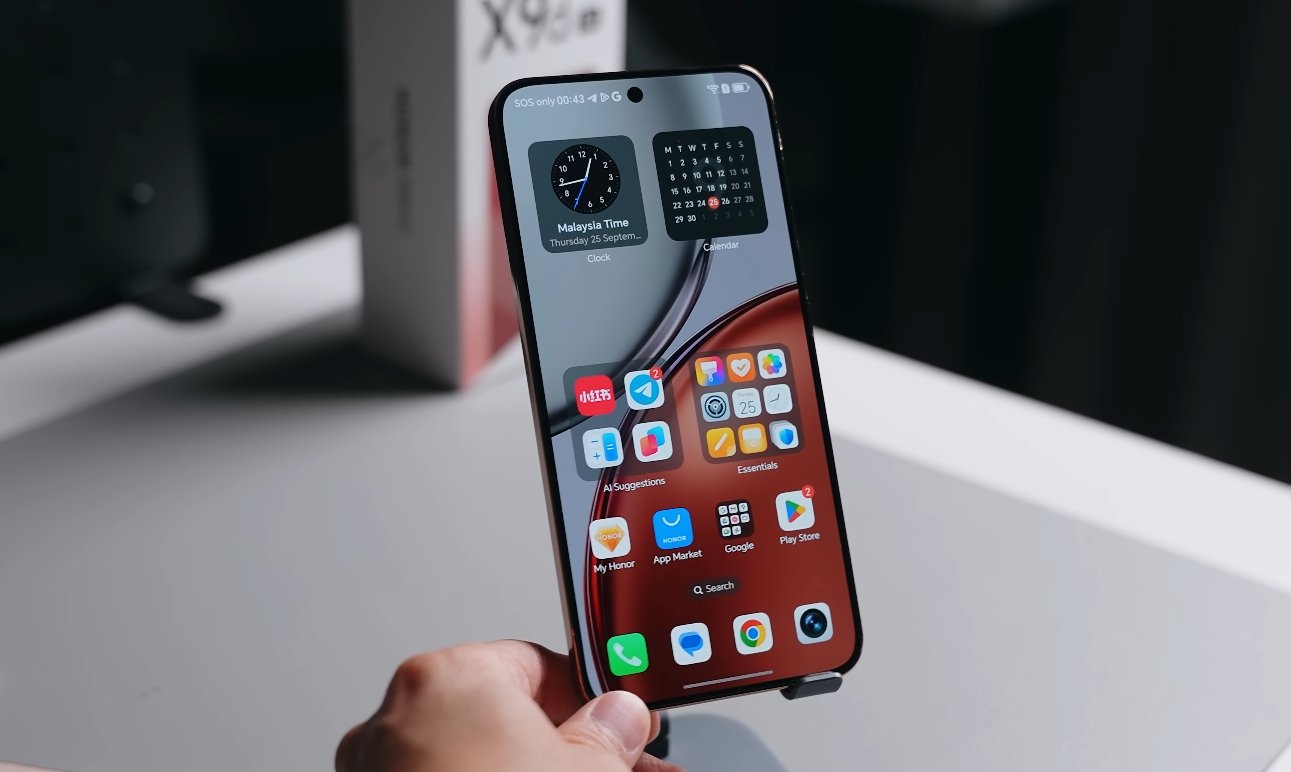
In the camera department, the Honor X9d takes a more straightforward but capable route. It offers a 108MP primary camera with optical image stabilization and a 5MP ultra-wide sensor. The results are sharp, detailed, and reliable for social media photography and casual shooting. The Vivo X300 Lite, however, pushes its camera setup a bit further, featuring a 200MP main sensor and a 50MP front camera optimized for clarity and portrait shots. This gives Vivo the edge in terms of camera versatility, especially for users who prioritize photography and content creation. Still, Honor’s camera processing remains consistent and well-tuned for natural tones and stable video recording.
Battery life is where the Honor X9d truly shines. With its massive 8300mAh silicon-carbon battery, it outperforms nearly every device in its price segment. Users can easily get two full days of regular usage, even with heavy multimedia consumption. The 66W fast charging ensures quick refills despite the large capacity. In contrast, the Vivo X300 Lite houses a smaller 5000mAh battery but compensates with faster 90W charging speeds, allowing it to reach full charge in less than an hour. However, when it comes to long-term endurance, the Honor X9d’s battery advantage is clear and hard to beat.
In terms of design philosophy, the Honor X9d is built to last, targeting users who prioritize durability and longevity. The phone’s strong frame, curved display, and thick glass protection make it one of the most rugged mainstream smartphones available. Vivo’s approach with the X300 Lite is more design-oriented, offering a slim profile and lighter build. It looks more premium in hand but sacrifices some protection levels to maintain its sleekness. Both devices are available in multiple finishes, with Honor focusing on bold matte colors and Vivo offering gradient-style back panels.
When it comes to software and user experience, Honor’s MagicOS 9.0 delivers a clean and efficient interface with smart memory optimization and smooth animations. Vivo’s OriginOS 6, on the other hand, provides a more customizable environment with advanced control features and dynamic wallpapers. Both phones support 5G, Wi-Fi 6, and Bluetooth 5.3, ensuring future-ready connectivity and stable performance in day-to-day usage.
Overall, the Honor X9d stands out for its durability, long battery life, and balanced performance, making it a reliable daily driver for users who value endurance and practicality. The Vivo X300 Lite, however, appeals more to those who prefer stylish design, fast charging, and a more advanced camera experience. For users who spend long hours outdoors or travel frequently, the Honor X9d is the more dependable choice. But if sleek aesthetics and strong imaging are your priorities, the Vivo X300 Lite edges ahead as the better option.
In conclusion, both smartphones offer exceptional value in the mid-range category but cater to distinct audiences. The Honor X9d wins in battery, toughness, and overall durability, while the Vivo X300 Lite delivers better camera hardware and faster charging performance. Depending on what matters most—endurance or elegance—either of these new releases can serve as a powerful daily companion in 2025’s competitive smartphone market.
Also Read: Honor X9d vs Realme 13 Pro Plus speed battle
